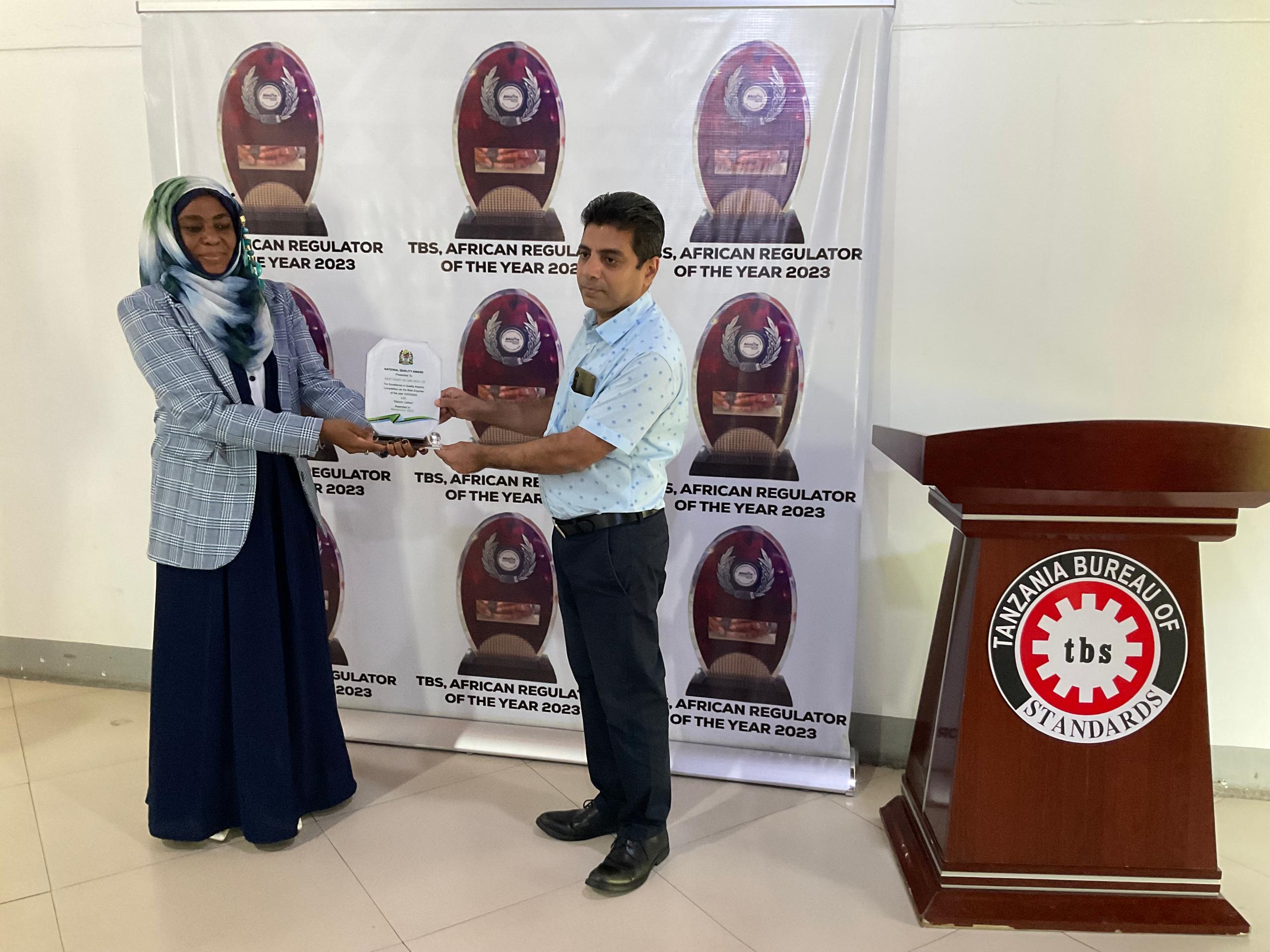| 1. Introduction to ISO Standards |
- Overview of ISO and its significance
- Key principles of the standard (e.g., QMS, EMS, FSMS, or OH&S)
- Benefits of implementing ISO standards
|
| 2. Understanding the Standard Requirements |
- Detailed explanation of clauses
- Context of the organization (Clause 4)
- Leadership and commitment (Clause 5)
- Planning (Clause 6)
- Support (Clause 7)
- Operations (Clause 8)
- Performance evaluation (Clause 9)
- Improvement (Clause 10)
|
| 3. Fundamentals of Auditing |
- Types of audits: Internal, External, Supplier
- Principles of auditing (integrity, fair presentation, confidentiality)
- Audit roles and responsibilities
- Audit terms and definitions (e.g., NC, OFI, corrective actions)
|
| 4. Audit Planning and Preparation |
- Developing the audit plan
- Preparing audit checklists
- Identifying audit criteria and scope
- Setting audit objectives
|
| 5. Conducting the Audit |
- Opening meeting protocol
- Interview techniques and evidence collection
- Evaluating compliance and non-compliance
- Observation and data recording
|
| 6. Audit Reporting |
- Writing clear and concise audit findings
- Categorizing findings (e.g., NCs, OFIs)
- Reporting format and structure
- Communicating results to management
|
| 7. Follow-up and Corrective Actions |
- Root cause analysis (RCA)
- Corrective action planning and verification
- Closing the audit loop
|
| 8. Practical Exercises and Case Studies |
- Group activities on audit planning
- Simulated audit scenarios and role-play
- Case study analysis
|
| 9. Examination and Certification |
- Knowledge assessment through a written or online exam
- Practical evaluation (audit simulation)
- Certificate issuance
|

